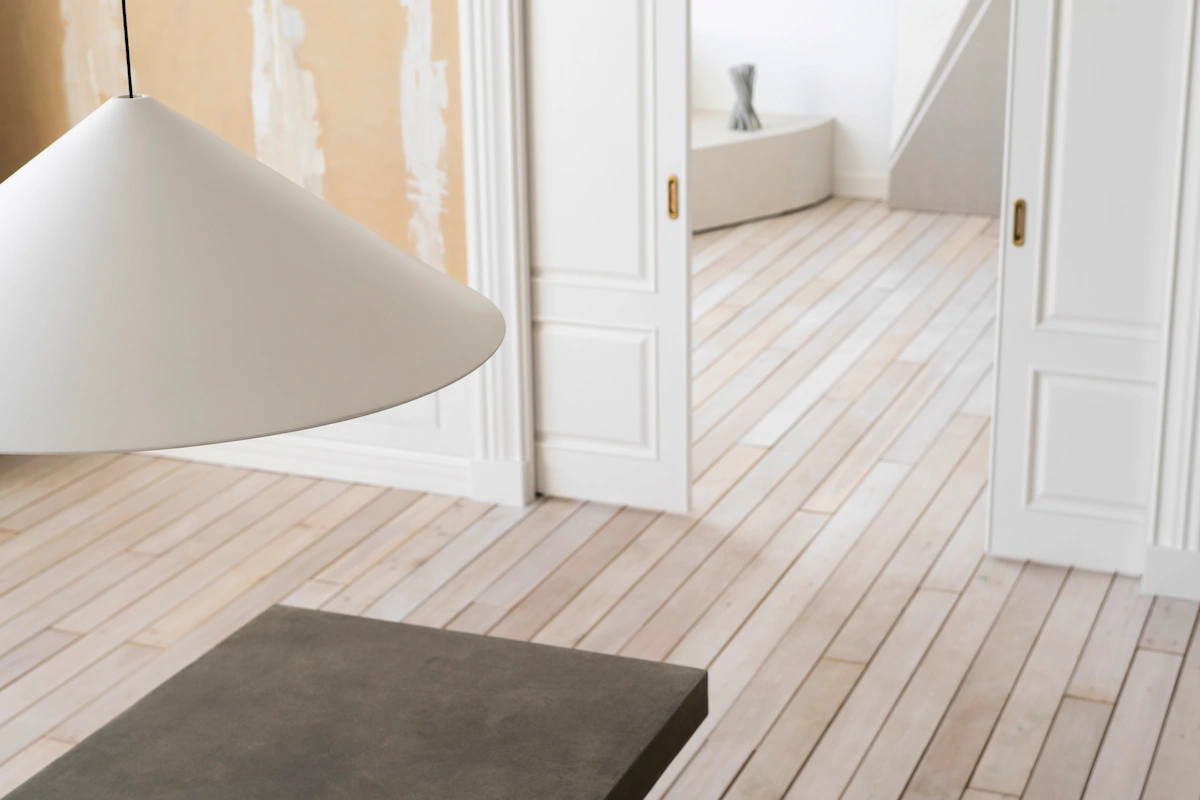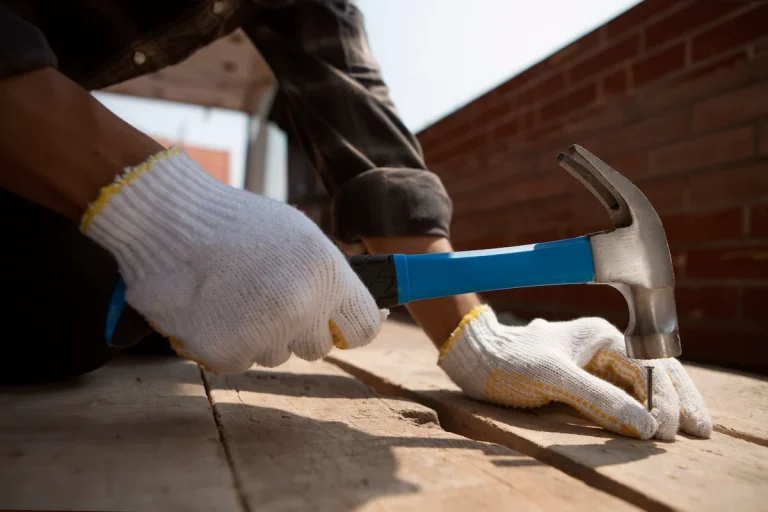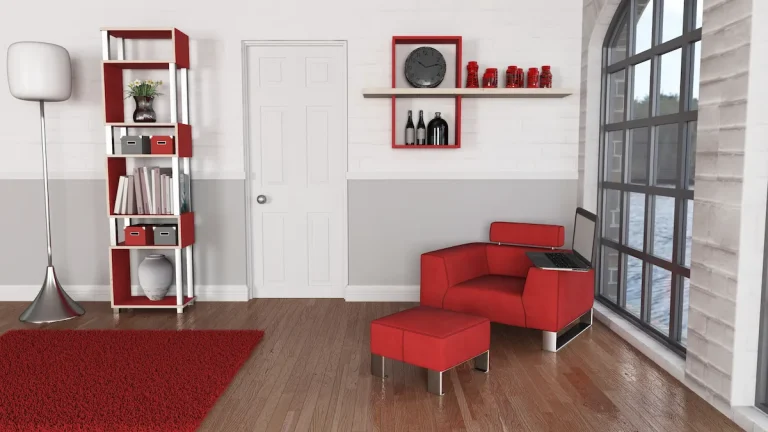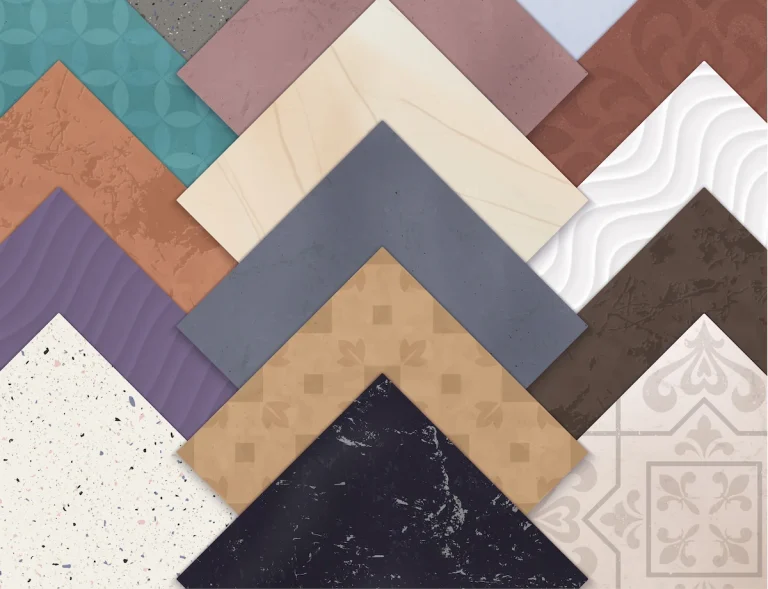Laminate flooring has become a popular choice for homeowners seeking stylish, practical, and cost-effective solutions for their interiors. With a wide range of products on the market, identifying good quality laminate flooring can be challenging, especially for those unfamiliar with the key characteristics that set premium options apart from cheaper alternatives.
Whether you’re planning a full renovation or just updating a single room, understanding how to tell quality laminate flooring from substandard varieties is essential for long-term satisfaction.
This guide explores everything from construction and grading to texture and installation—helping you answer questions like “What is the best grade of laminate flooring?”, “What to look for in good quality laminate flooring?” and “What is the difference between cheap and expensive laminate flooring?” so you can make a confident, informed choice!
What to Look for in Good Quality Laminate Flooring
Laminate flooring offers a stylish and practical alternative to hardwood, but with so many products available, knowing how to choose ideal quality laminate flooring is essential. In this guide, we’ll explore how to tell quality laminate flooring, what makes it superior, and how to distinguish between cheap and premium grades.
A. How Can You Tell Good Quality Laminate Flooring?
Determining the quality of laminate flooring involves examining its construction, thickness, and performance features. Understanding these elements helps answer the common questions: How can you tell good quality laminate flooring? and How to tell quality laminate flooring?
- Check the AC Rating: A minimum of AC3 is ideal for homes, while AC4 or AC5 suits high-traffic or commercial spaces
- Evaluate Thickness: Look for laminates that are at least 8mm thick. Thicker products offer better durability and comfort underfoot.
- Inspect the Core: A high-density fibreboard (HDF) core increases moisture resistance and stability.
- Visual Details: Quality laminate flooring closely mimics natural materials with realistic textures and finishes.
- Warranty and Brand Reputation: Reputable brands such as Quickstep offer long warranties and consistent quality.
B. What Is the Best Grade of Laminate Flooring?
If you’re wondering What is the best grade of laminate flooring?, focus on options with AC4 or AC5 ratings. These grades indicate enhanced wear resistance, ideal for busy households and commercial spaces.
- AC4: Best for high-use areas in residential settings like kitchens, lounges, and hallways.
- AC5: Suitable for heavy commercial traffic such as offices and retail spaces.
- HDF Core: Essential for superior water resistance and strength.
- Embossed Surface: Adds realism and texture, improving slip resistance and visual appeal.
Choosing a higher grade means investing in durability, aesthetics, and long-term satisfaction.
C. What Is the Difference Between Cheap and Expensive Laminate Flooring?
What is the difference between cheap and expensive laminate flooring? comes down to performance, longevity, and appearance.
- Material Quality: Premium laminate includes HDF cores, moisture barriers, and UV protection. Budget options may use MDF and lack these protective layers.
- Durability: Lower AC ratings (AC1–AC2) are only suitable for bedrooms or guest rooms. Higher-end laminates (AC4–AC5) withstand heavy use and offer better scratch resistance.
- Visual Appeal: Expensive laminates feature better print technology and textures that resemble real wood or stone. Cheap laminate can appear flat or artificial.
- Ease of Installation: High-end products often come with superior locking systems for easier DIY installation and tighter seams.
While initial costs may be higher, premium laminates typically save money over time due to fewer repairs and longer lifespan.
D. How to Tell Quality Laminate Flooring?
When wondering How to tell quality laminate flooring?, look beyond surface appearance and consider build quality and technical specifications.
- Weight and Density: Heavier boards with dense cores are more durable and stable.
- Click-Lock System: High-quality flooring usually features robust installation systems that prevent gapping or shifting.
- Surface Resistance: Check if the laminate resists scuffs, scratches, and stains—especially important for pets or active families.
- Manufacturer Certifications: Look for compliance with European standards such as EN13329, which regulates laminate flooring quality.
Comparing these elements ensures you choose a laminate floor that stands up to daily demands and maintains its appearance.
E. Good Quality Laminate Flooring Buying Tips
Still asking yourself What to look for in good quality laminate flooring? Here’s a quick checklist:
- AC Rating: Choose AC3 for homes; AC4 or AC5 for commercial areas.
- Thickness: Aim for 8mm–12mm for comfort, durability, and sound reduction.
- HDF Core: Essential for moisture resistance and floor stability.
Textured Finish: Provides a realistic feel and better traction. - Brand and Warranty: Stick with known brands that offer a warranty of 15+ years.
Ideal quality laminate flooring should feel solid underfoot, look realistic, and perform reliably for years. When you’re evaluating samples, don’t rely solely on appearance—test for durability, review specifications, and read customer reviews.
Discover Quality Laminate Flooring with TEKA Flooring
Choosing ideal quality laminate flooring can transform your home or commercial space with beauty, comfort, and resilience. Whether you’re starting a new project or upgrading existing floors, TEKA Flooring offers a premium selection of laminate options from trusted brands, complete with professional fitting services. Visit TEKA Flooring or browse our blog for more flooring insights and inspiration.
Read also:
































